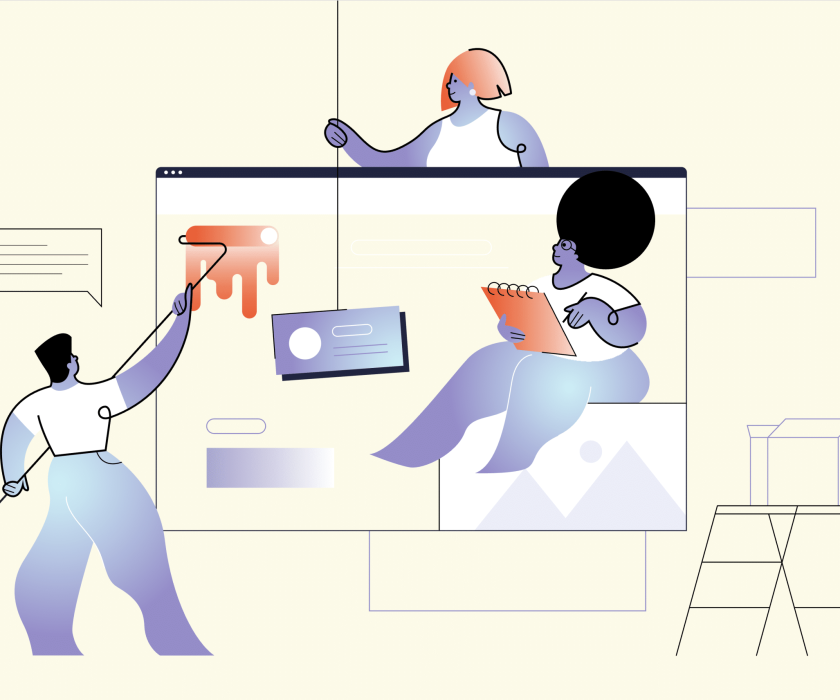When you hear about Artificial Intelligence in web design, the first thing that often comes to mind is a chatbot popping up in the corner of your screen. And while chatbots are indeed a valuable application of AI for customer service and basic interaction, they are just the tip of the iceberg. AI is rapidly transforming website interactivity in ways that go far beyond simple conversational interfaces, creating more dynamic, personalized, and intuitive experiences for users.
Think about the websites you use regularly. The most engaging ones often feel like they understand you. AI is making this understanding a reality, not through static design, but through adaptive interaction.
One major area of AI-driven interactivity is hyper-personalization. Instead of showing every visitor the same content, AI can analyze user behavior – browsing history, clicks, time on page – to dynamically tailor the layout, featured products, recommended articles, or even the overall design feel. This level of customization makes users feel seen and understood, increasing engagement and conversion rates. It’s like having a website that rearranges itself just for you.
AI is also enhancing website navigation and search functionality. Beyond keyword matching, AI-powered search can understand context, anticipate user intent, and provide more relevant results, even suggesting related queries or topics. Smart navigation elements can learn user paths and highlight the most relevant sections based on individual or collective behavior patterns, making it easier and faster for visitors to find what they need.
Furthermore, AI is revolutionizing back-end analytics and using those insights to improve front-end interactivity in real-time. AI can identify patterns in user flow, pinpoint points of friction, and even predict user drop-off points. This isn’t just reporting; it’s using data to inform dynamic changes on the site itself – perhaps slightly adjusting a call-to-action placement for a specific user segment or offering timely assistance based on observed struggle.
Enhanced accessibility is another powerful application. AI can power features that adapt content presentation based on user needs, from intelligent image description generation for visually impaired users to adjusting font sizes or contrast based on user preferences or environmental conditions.
For businesses, this evolution in interactivity translates directly into tangible benefits: increased time on site, higher conversion rates, reduced bounce rates, and ultimately, a stronger return on their web design investment. For users, it means a less frustrating, more efficient, and more enjoyable online experience.
Implementing these advanced AI features requires expertise that goes beyond basic web development. It involves understanding user experience design deeply, integrating complex AI models, ensuring data privacy and security, and continuously refining the AI’s performance based on user interaction.
As a web design professional, my role is no longer just about creating beautiful, functional static sites. It’s increasingly about designing intelligent, adaptive platforms that leverage the power of AI to create truly dynamic and engaging user experiences. Investing in a website that harnesses these capabilities isn’t just staying current; it’s building a digital presence that actively works to understand and connect with every visitor, driving greater success in a competitive online world.
The future of web interactivity is here, and it’s smarter, more personal, and extends far beyond the simple chatbot. Let’s explore how we can build this future for your online presence.


